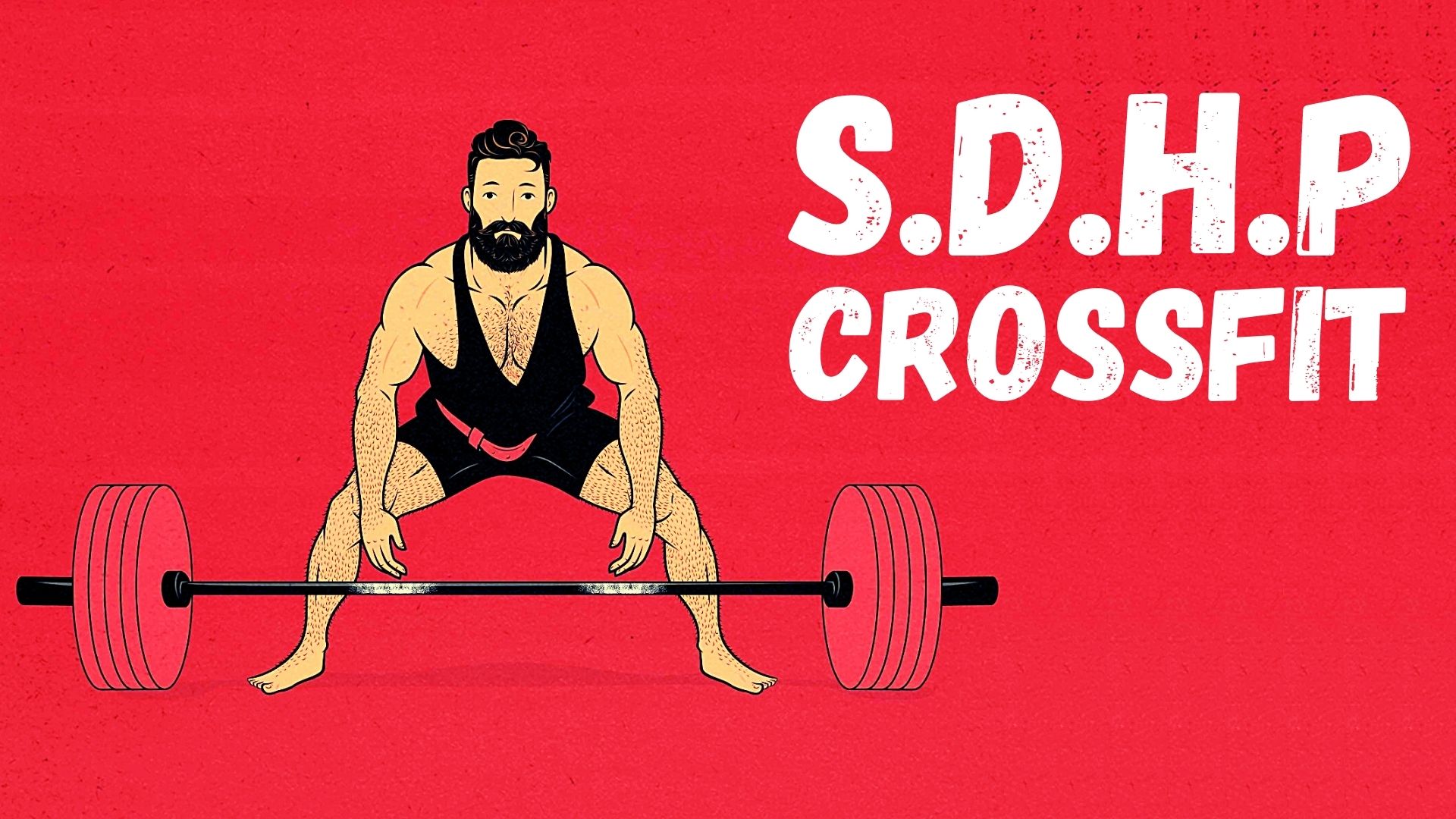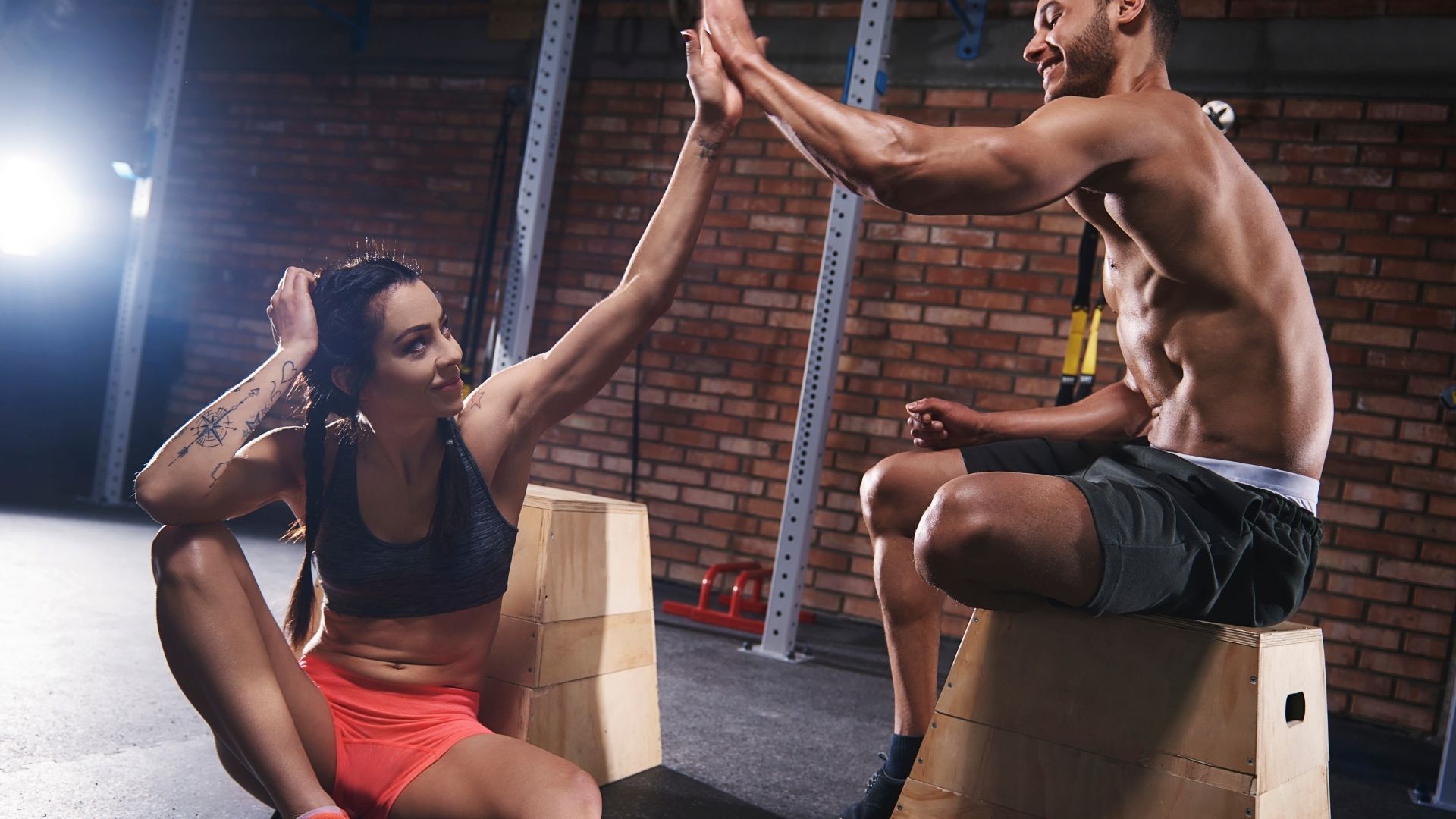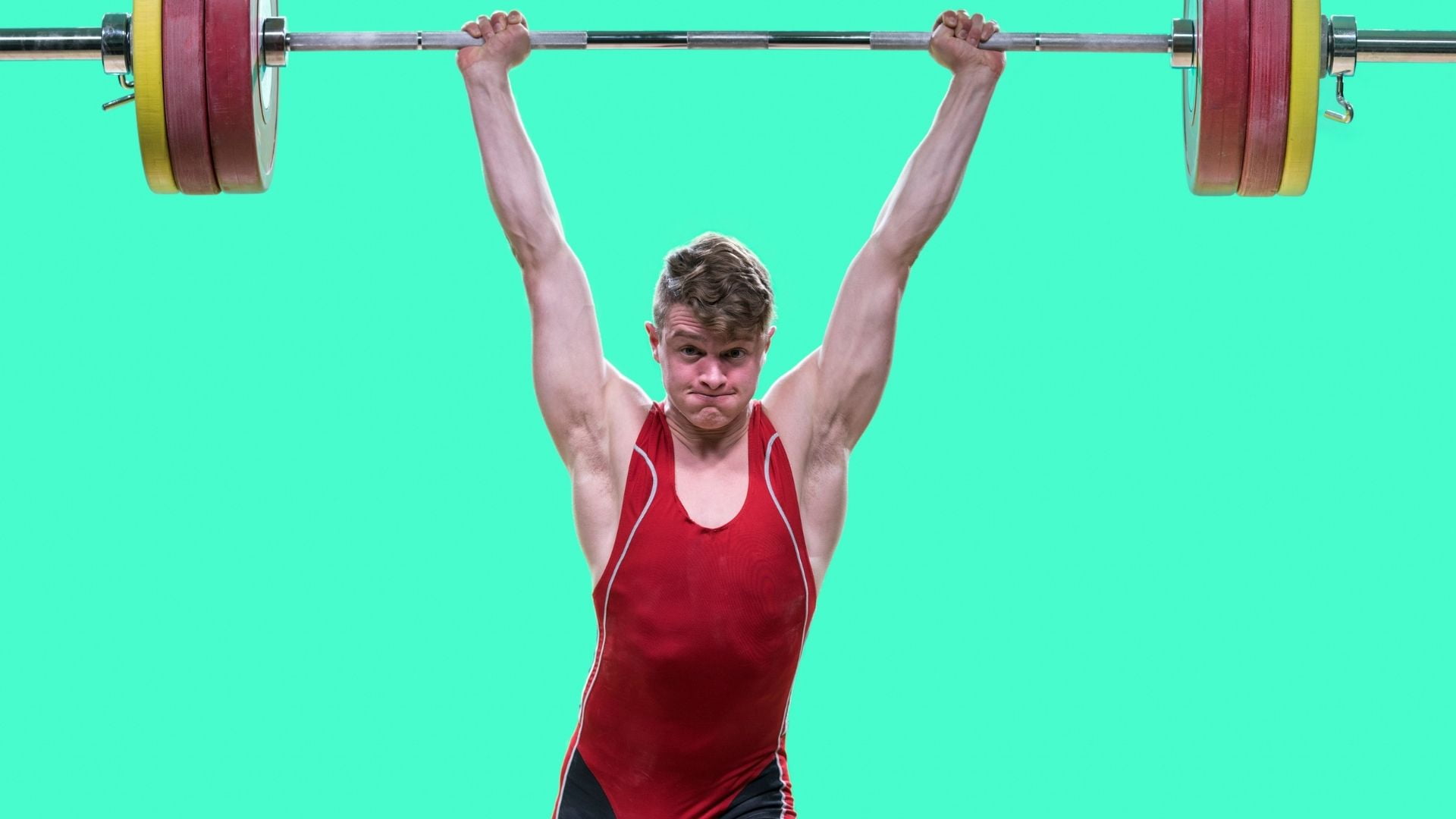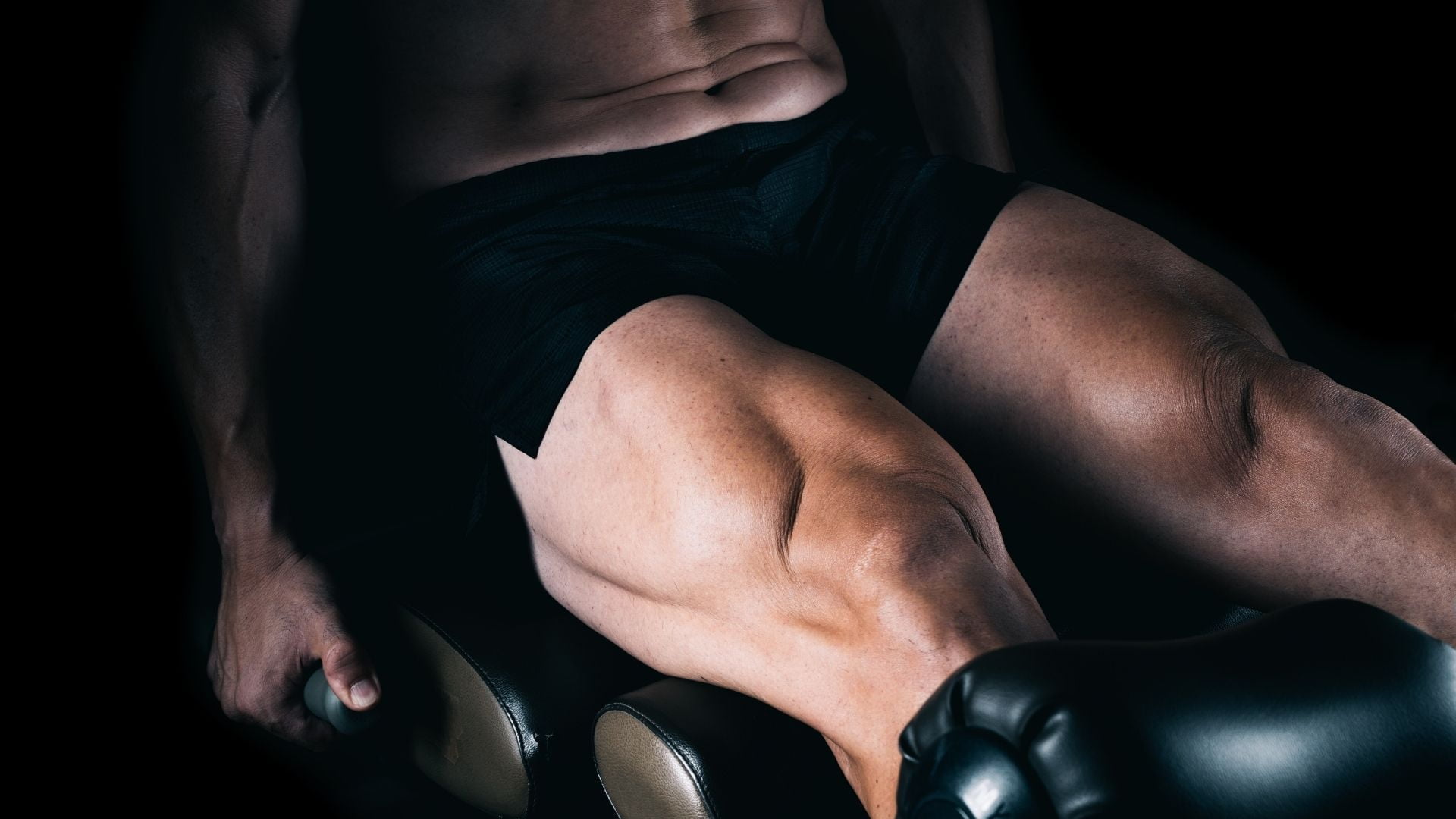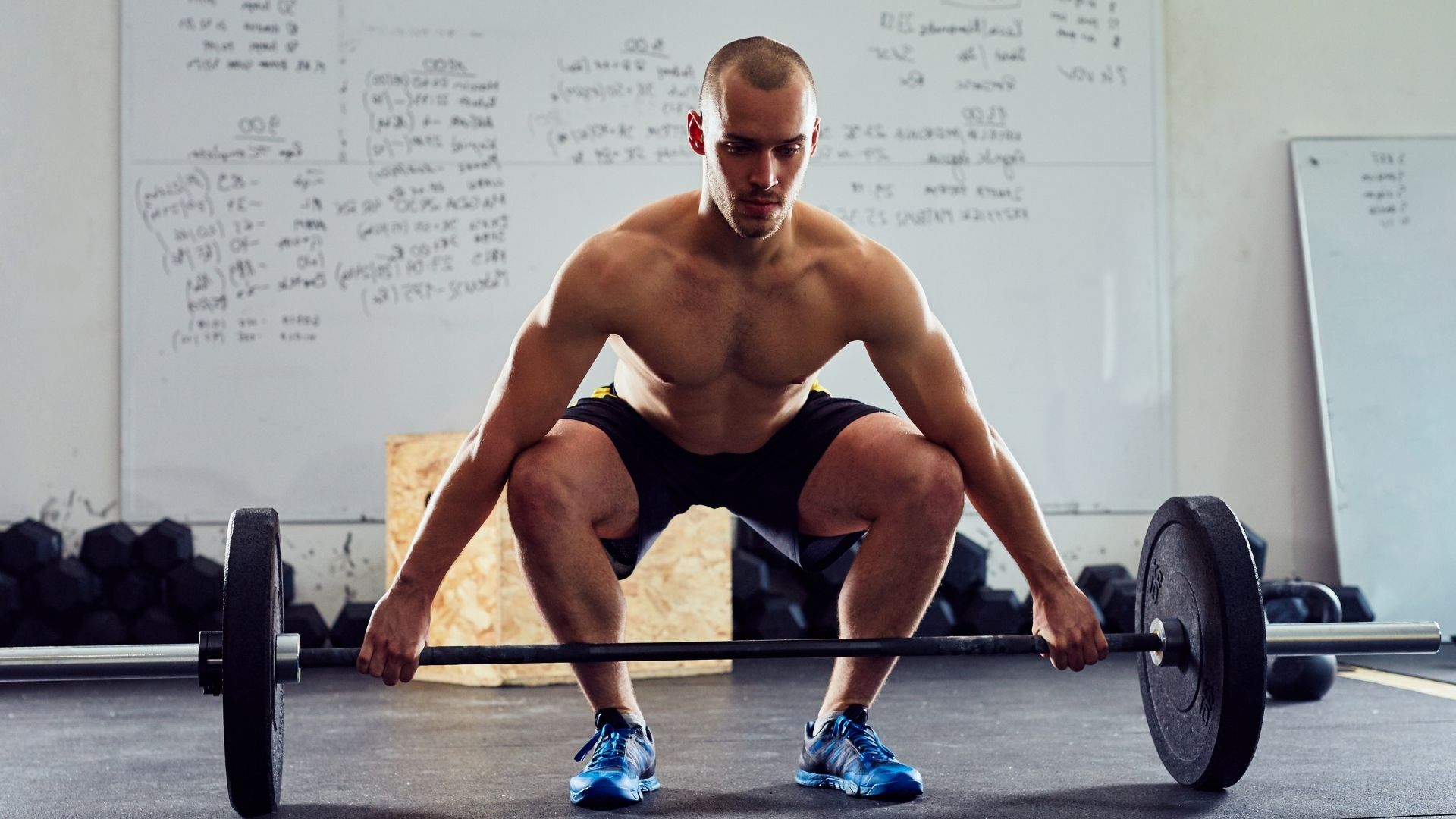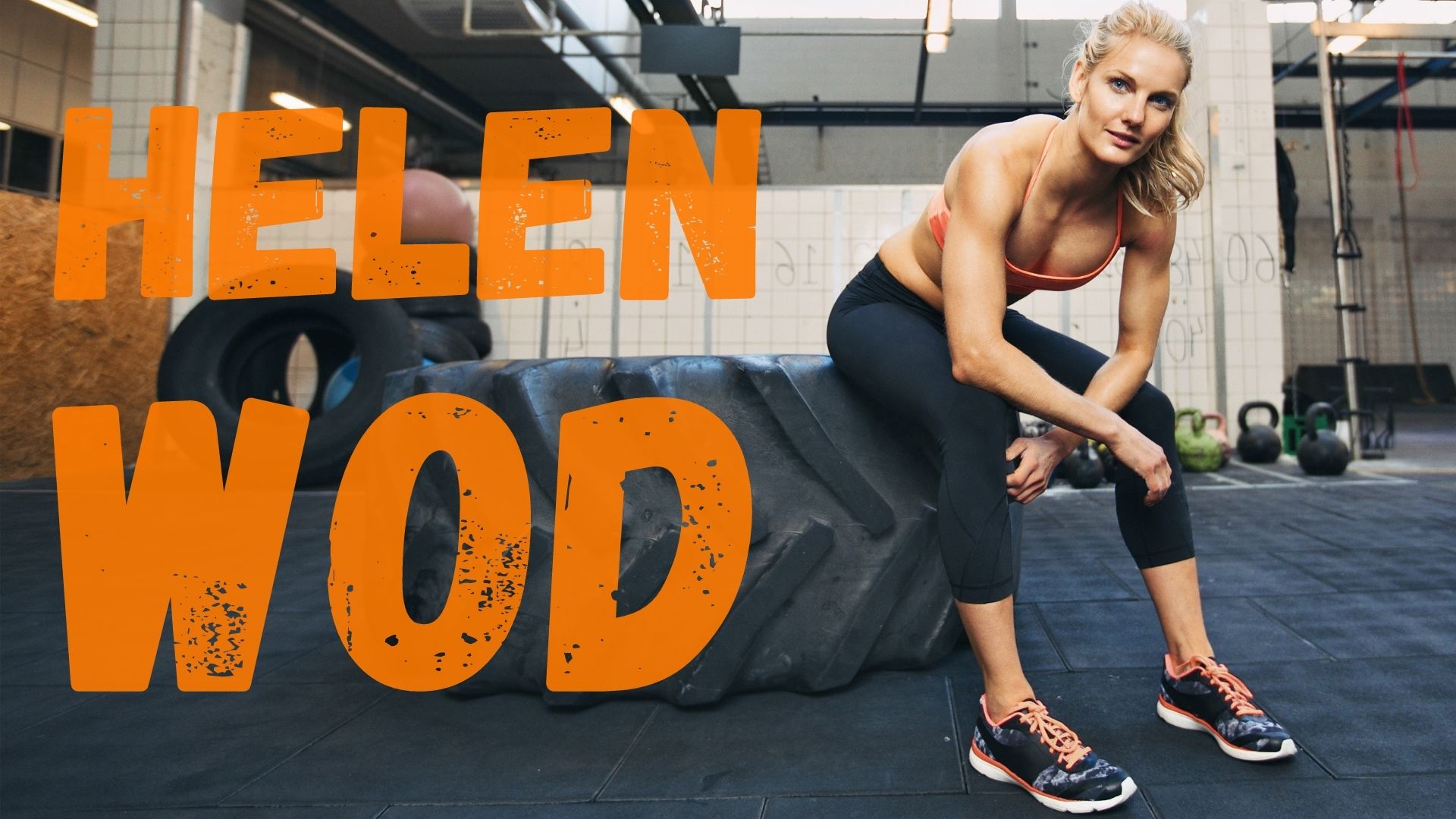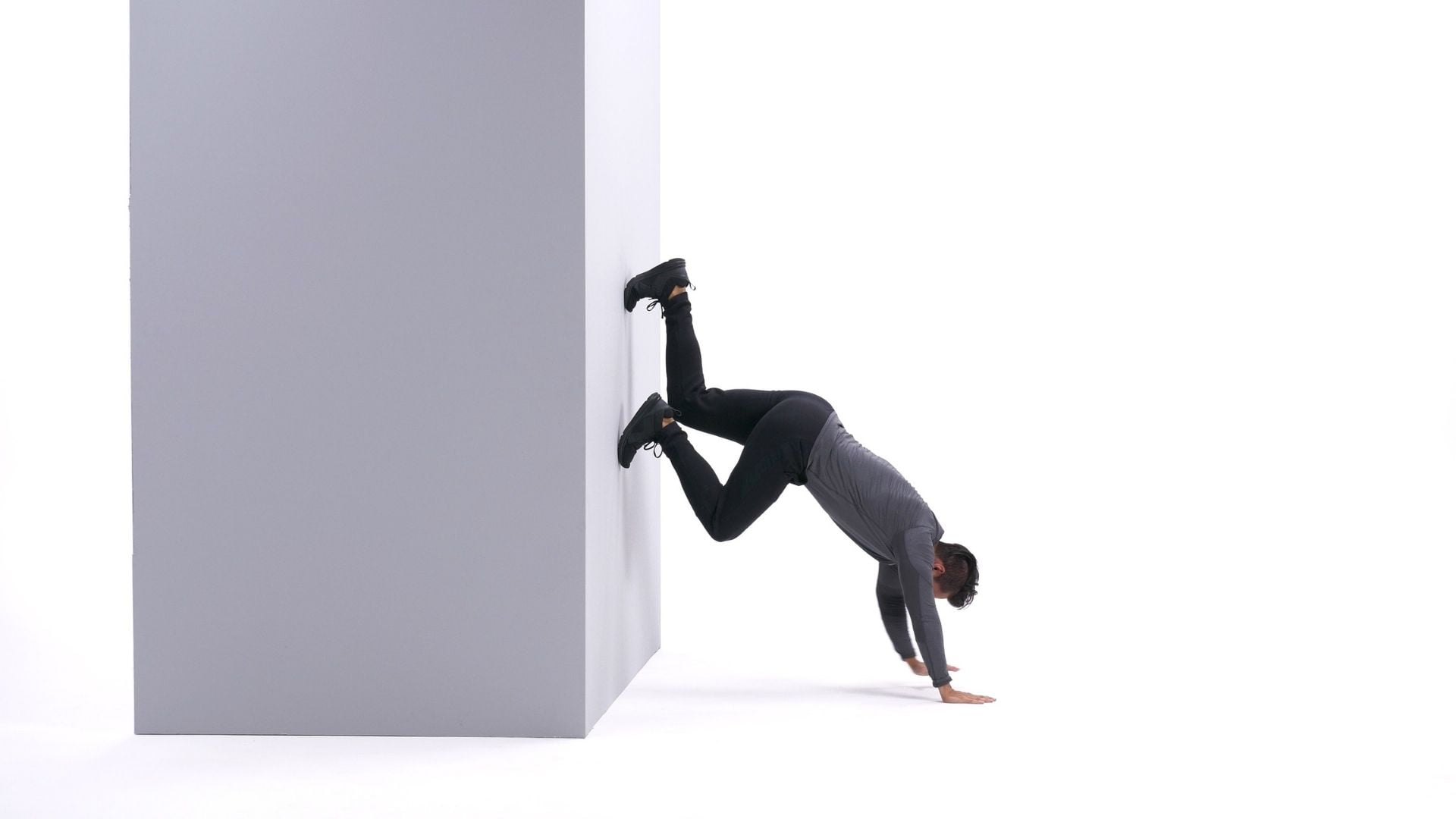
Wall Walk Crossfit: The Innovative Exercise You Need to Try
Crossfit’s handstand wall walk is probably one of the most remarkable gymnastics feats.
Most athletes, though, struggle to feel comfortable with the action unless they’ve spent their growth years hanging out upside down in a gymnastics class.
As a result, exercising being upside down while building your upper body strength is the most effective way to achieve an excellent handstand walk.
What Exactly Is Wall Walk?
The wall walk, also known as the wall climb, is a popular workout for practicing “inverted gymnastics.” Unfortunately, it is frequently executed poorly, reducing the benefits that an athlete might derive from training the action.
In this post, we’ll go over how to accomplish a great wall climb and how that transfers to the handstand walk.
All you need to practice wall climbing is a wall and your body, so let’s get started!
How to Make a Better Wall Walk
Starting Position
To begin the wall climb, you must be in a plank posture with your feet totally contacting the wall.
Before you begin the climb, brace your core and imagine pushing away from the floor with your upper body.
Ascension
Your feet should be leading the ascent up the wall, and your hands should be close behind, replicating the steps on the floor.
When climbing the wall, the primary indicators to look for are (1) modest steps and (2) a tight core.
Taking little steps will keep your upper body under stress for longer and challenge you to manage the movement much more than if you merely took two or three steps to the peak position.
Finally, you will have stronger shoulder girdle and scapulas and will feel better in control of your handstand posture.
When we tell athletes to maintain their core tight, we’re effectively telling them to minimize torso rotation as much as possible.
Some side-to-side movement is allowed, but do not allow it to become sloppy.
Staying tight stabilizes the movement and will carry over into the handstand walk, putting you at ease throughout performance.
Because these cues are so crucial, we’ve discovered that wall walks are most effective when tuned for quality rather than quantity.
When you encounter wall climbs in your programming or opt to train them, focus on execution rather than accumulating a large number of subpar reps.
We may even argue that the exercise is more difficult than the real handstand walk.
The Number One Spot
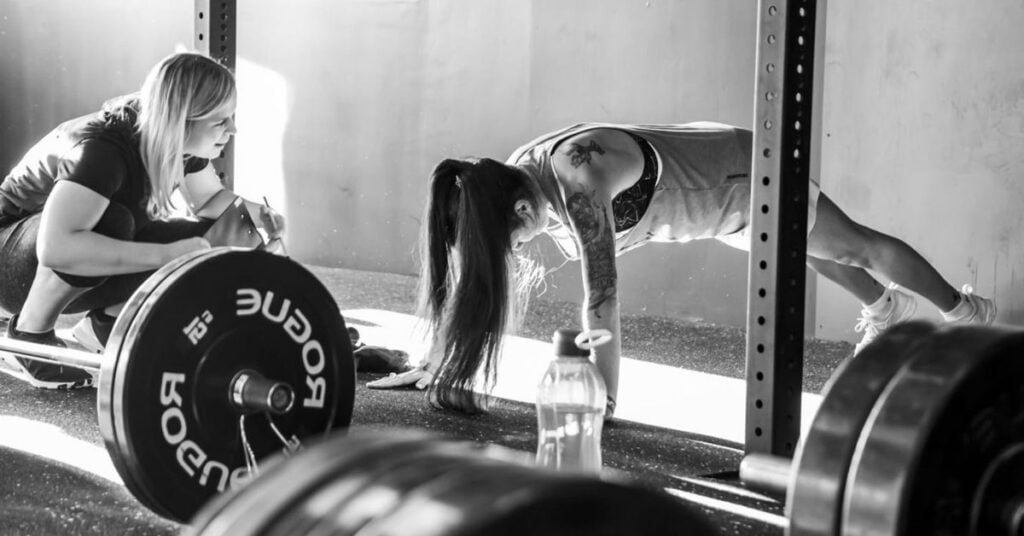
Depending on how comfortable you are upside down, you may decide to stop closer or farther away from the wall.
Athletes who are comfortable in a handstand may normally situate themselves a palm’s width or less away from the wall.
Those who never perform “inverted gymnastics” like to be slightly farther away from the wall.
This difference is related to the handstand’s balancing component, since the closer you are to the wall, the more difficult it is to maintain equilibrium. H
However, from a muscle standpoint, being further away from the wall is more strenuous on your upper body.
This is due to the fact that the more vertical you are (the closer you are to the wall), the more piled your entire building is.
A stacked structure is “self-supporting,” which means it requires less effort from your muscles to maintain the posture.
Because a somewhat more leaning handstand is not self-sustaining, the upper body demands are actually superior.
Whatever distance you choose to keep your handstand from the wall, practicing this exercise may have a significant carryover to any handstand action, from the handstand walk to the handstand pushu-up and its variations.
The Journey Down
The fall should appear to be an exact replay of your ascent.
Once again, little steps and a tight core are the order of the day.
Once you’ve returned to the beginning position plank, you may rest.
The Main Takeaways
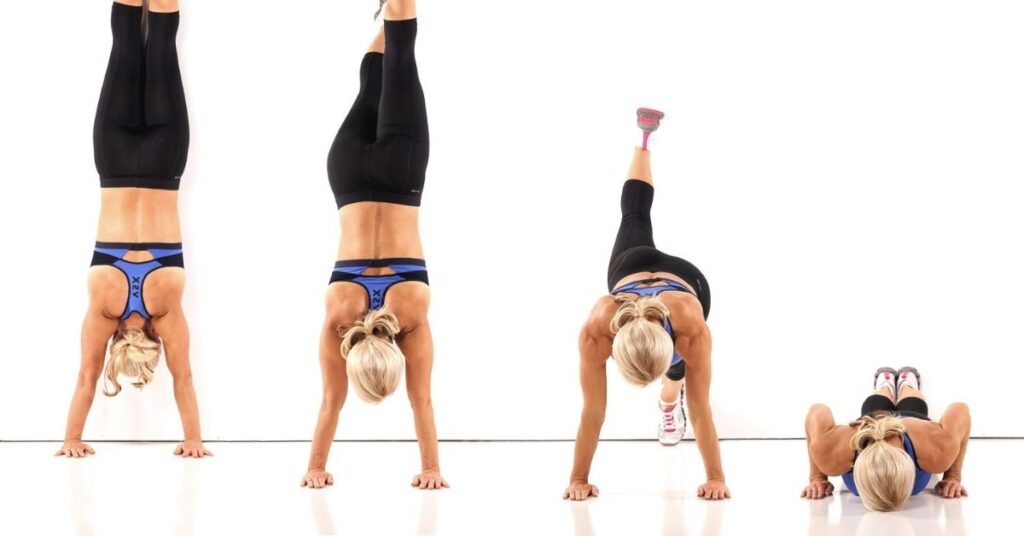
- Ascension is led by the feet.
- Small steps, please.
- The core is tight.
- Don’t shortchange yourself in order to go quicker and obtain more reps. It is more vital that you reach every position on the climb.
- It is more difficult for your balance to go as near to the wall as possible.
- The more you are away from the wall when inverted, the more effort your upper body must perform.
- The fall should be exactly as beautiful as the rise.
Overall, the wall walk/climb is a fantastic technique for becoming more comfortable being upside down.
It has significant carryover in all “inverted gymnastics” skills and should never be underestimated as a strength developing skill.
It can assist both newcomers and more seasoned athletes.
Anyone will find it difficult as long as the emphasis is on the quality of the movement.
We would argue that any athlete who can do a high-quality wall walk is likewise capable of handstand walking for some distance.
Do you have any questions? Reach out and one of our instructors will call you to clear up any confusion!
Tape Guides for the Wall Walk: How to Count
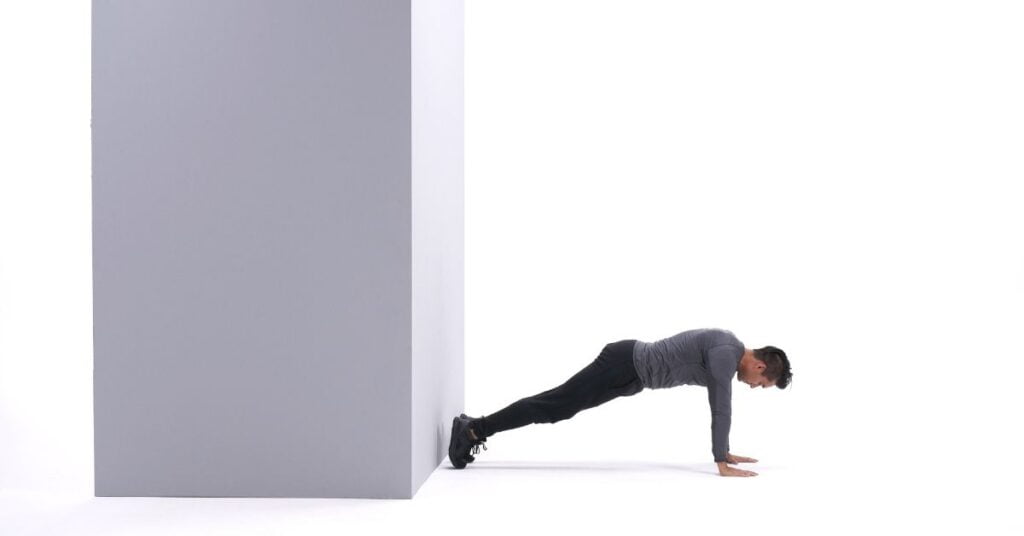
- Begin by laying down with your back on the floor and your feet FLAT against the wall. The chest and thighs should be touching the floor, and the legs should be stretched.
- Make a tape mark on the floor at the top of your shoulder. (The edge of the tape closest to the wall should be parallel to your shoulder.)
- Place another piece of tape, this time leaving 10 inches between the tape’s far border and the wall.
Ideal Wall Walk Rep Count
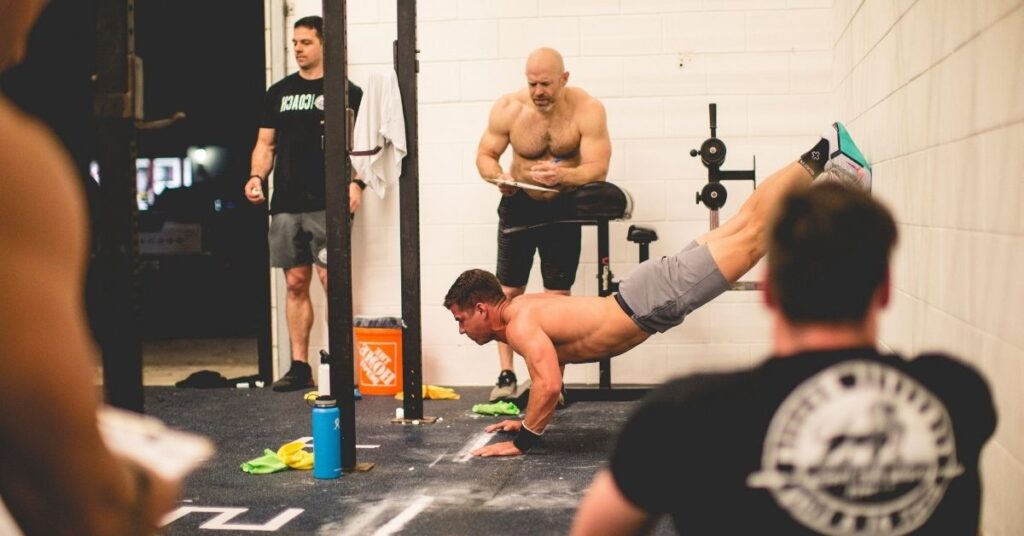
Beginning Rep
The rep starts with hands (fingers are OK) on the tape furthest away from the wall.
It should be noted that hands do not need to travel through the tape; simply touching will suffice. At this moment, the chest, feet, and thighs must be on the floor, and hands cannot move until the feet are off the floor.
The Highest Rep
You must walk your hands in towards the wall until both of them contact the tape marker nearest to the wall. Only then can you begin to lower yourself. There are no rules regarding pressing your nose to the wall here, so get your hands on that tape!
The Rep Has Come To An End
Walk your hands back out to touch the tape furthest away from the wall, returning to the starting position of lying down with your chest, feet, and thighs on the floor.
Keep in mind that your feet cannot return to the ground until your hands contact the tape, so make sure you control the fall until that time!




